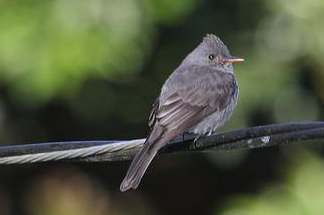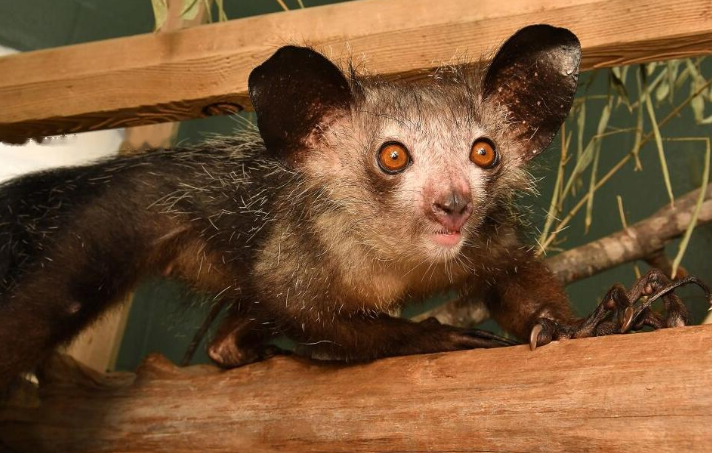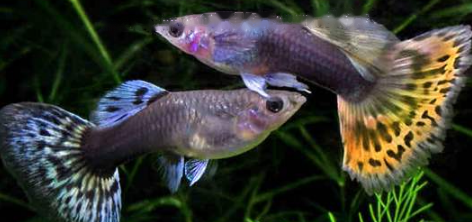The black-necked turtle is a kind of turtle that is full of treasures. Whether it is used for food or medicine, it is a good auxiliary product. But because of this, the black-necked tortoise was once captured, and the number of black-necked tortoises decreased sharply, and was even on the verge of extinction.
Now everyone realizes the importance of protecting wild animals, so they all start to protect black-necked turtles. Today, the wild black-necked tortoise has been included in the second-level list of China's National Key Protected Wildlife List by the state. I believe that many friends don’t know it very well, let’s briefly talk about it below~
1. Basic information
1. Aliases: colored turtle, black Color-necked turtle, three-line turtle, Guangdong tortoise, black-necked terrapin
2. Foreign name: Red-necked pond turtle
3. Protection level: Endangered (EN) IUCN standard
4. Distribution area: Vietnam and China. In China, it is distributed in Guangdong, Guangxi (Nanning, Liuzhou, Wuzhou, etc.) and Hainan Province.
5. Lifespan: around 80 years oldSecond, appearance characteristics
The shell of the black-necked turtle is black, and the hatchlings will appear brown-black, with a relatively black head. Large, its head appears to take up half the area of the turtle's shell. Among the turtles, it is indeed the larger one.
Healthy black-necked tortoises with piercing eyes and very beautiful eyes are worthy of the name big-eyed beautiful turtles.
III. Living habits
Black-necked turtles are aquatic turtles, living in jungles, mountain streams, rivers and other places. At the same time, it is mainly distributed in Guangdong, Hainan and Guangxi in my country, with a body length of about 20cm.
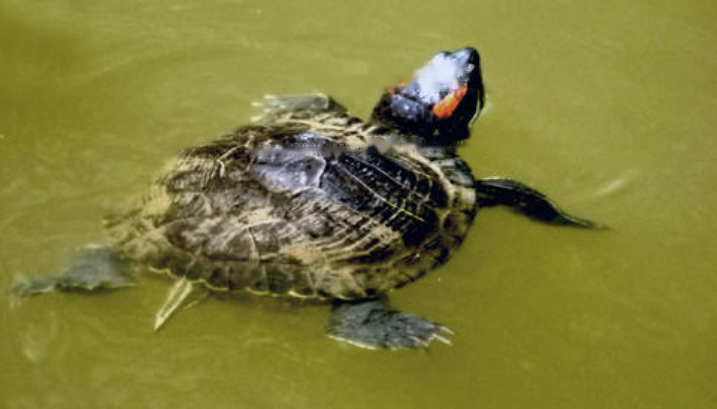
Black neck Turtles like warmth and fear cold, and cannot live in a low temperature (temperature lower than 15°C) environment for a long time (more than 3 months). The optimum temperature is 25°C and hibernates when the ambient temperature is around 18°C.
4. Diet
The black-necked turtle feeds on fish, shrimp and worms, as well as grains, pork, shrimp, poultry offal and a small amount of vegetables.
V. Natural Breeding
The breeding season of the black-necked turtle is from May to September every year. Oblong, egg diameter 51 mm × 27 mm. The average long diameter is 46 mm, the average short diameter is 24 mm, and the average egg weight is 8-9 grams. When the temperature is 30 ℃, the incubation period is 60-65 days.
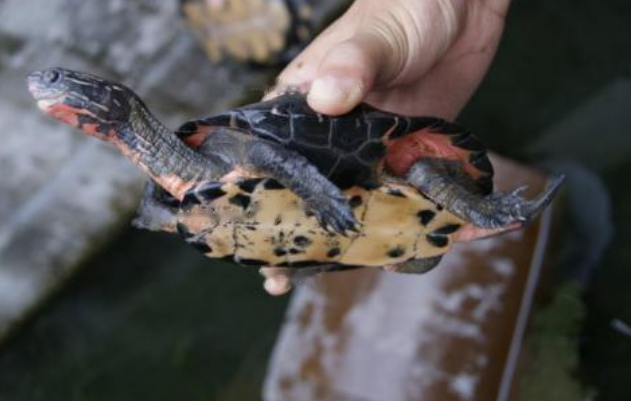
VI. Conservation status
The distribution area of this species is relatively narrow, if it is not protected, the prospect will be worrying. The black-necked tortoise has been included in the List of Beneficial or Important Economic and Scientific Research Terrestrial Wild Animals Protected by the State issued by the State Forestry Administration of China on August 1, 2000.
Seven, male and female identification
The female black-necked tortoise is larger in size, with a short and small tail, and the cloaca hole is closer to the rear edge of the carapace; Male tortoises are smaller in size, with a thick and longer tail base, and the cloaca hole is far from the rear edge of the carapace. Generally, the head, neck and limbs of male turtles are reddish, while female turtles do not.
The above is a brief introduction to the black-necked turtle. Interested friends must read it carefully~
![[Original] Sharing of popular science knowledge of ringed map turtles](/static/img/11249/11249_1.jpg)



